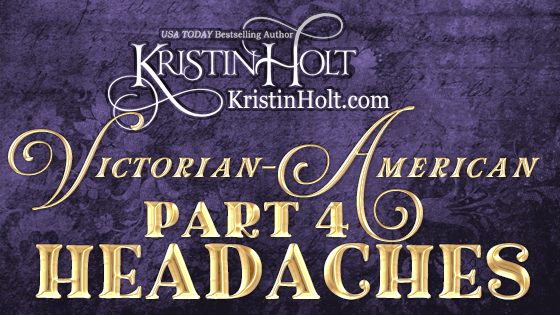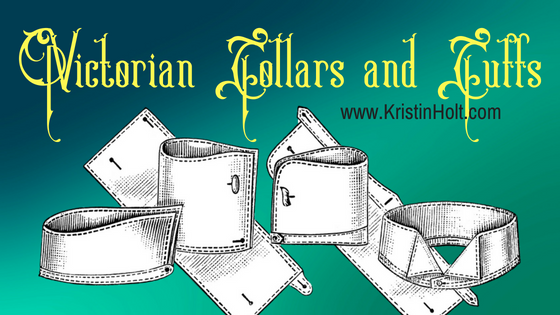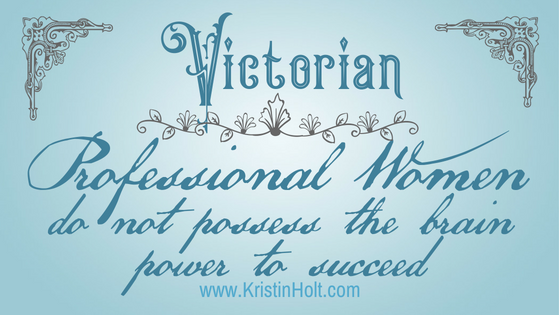
by Kristin Holt | Oct 16, 2019 | Articles
Part 4 of an 11-part series: Victorian-American Headaches. Explore five decades’ worth of advertisements for various headache remedies. Powders, capsules, tablets, beverages, and pills. Apparently remedies were gaining traction and becoming popular–though none of them contained a 19th-century chemistry breakthrough–Aspirin.

by Kristin Holt | Jan 24, 2019 | Articles
Today, January 24th, is the United States’ National Peanut Butter Day. On March 1st, calendars declare the day National Peanut Butter Lover’s Day.
Who first invented peanut butter? Doctors worried about elderly patients’ nutrition, right? Sometime in the nineteenth century?
Uh, no. Not exactly.
But peanut butter–an “All American” spread–was enjoyed by our Victorian-American ancestors. Read vintage articles instructing knowledgeable housewives of the many dietary uses of the peanut, vintage recipes instructing the proper making of “peanut paste”, the inclusion of pulverized peanut (paste, flour, finely chopped), and ultimately, advertised brands to buy at their grocers’ markets.

by Kristin Holt | Nov 8, 2018 | Articles
How did our Victorian-American ancestors select a turkey? How did they roast it (without a Reynold’s Oven Bag)? Were their Thanksgiving Dinner side dishes as complicated as restaurant menus made them appear?

by Kristin Holt | Jul 1, 2018 | Articles
In Victorian men’s fashion, Collars and Cuffs were something altogether separate and different than a shirt. A whole different paradigm, given today’s men’s dress shirts are one solid piece, with the collar and cuffs attached. See vintage images of the styles and reasons why tailors (and factory producers) bothered to make the collars separate–and why some were made of PAPER rather than fabric.

by Kristin Holt | Jun 16, 2018 | Articles
Nineteenth Century popular belief–wholly supported by Medical Doctors’ and scientists’ claims–genuinely believed that educating females in the same manner as males invited an entire host of disastrous results. Those terrifying results included everything from destruction to the woman’s reproductive system, mental breaks (yes, insanity!), and a long list of physical diseases. Because the vast majority believed these consequences to be true, women weren’t allowed to seek education in a male-dominated classroom. The battle over co-education continued long after the late 19th Century for these reasons. Not only was the woman’s mind and body at terrible risk, should she be educated like a male, but everyone knew a female mind couldn’t take in significant learning.













